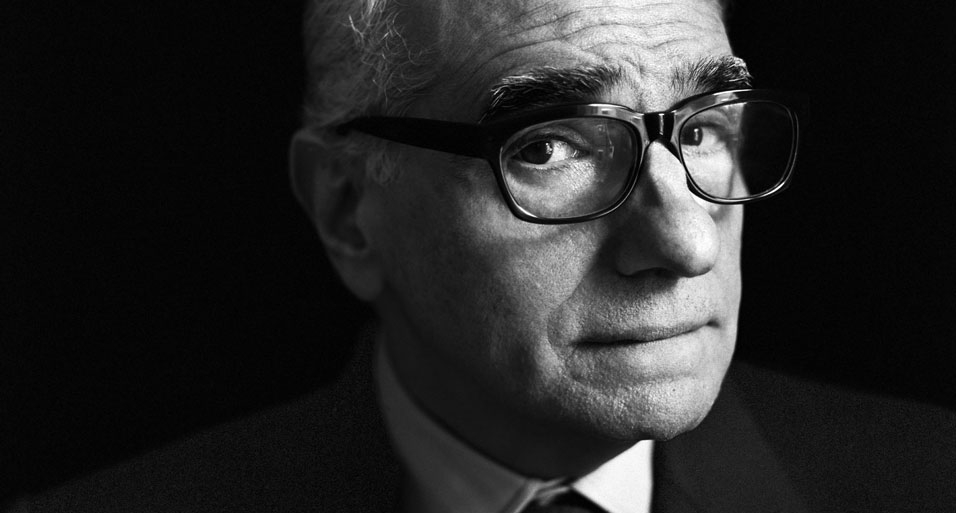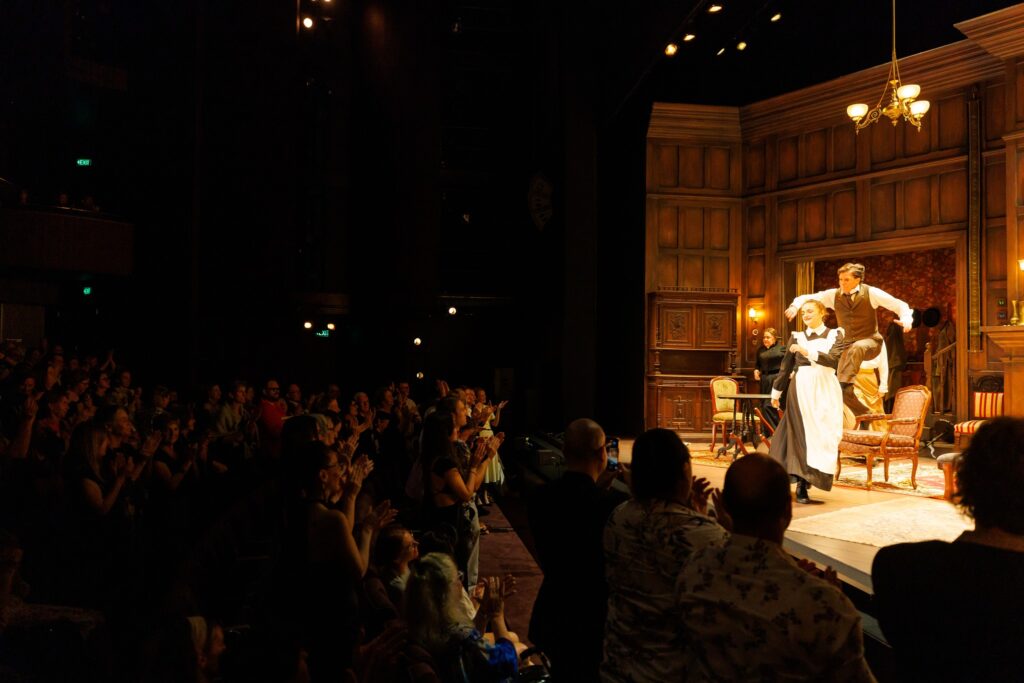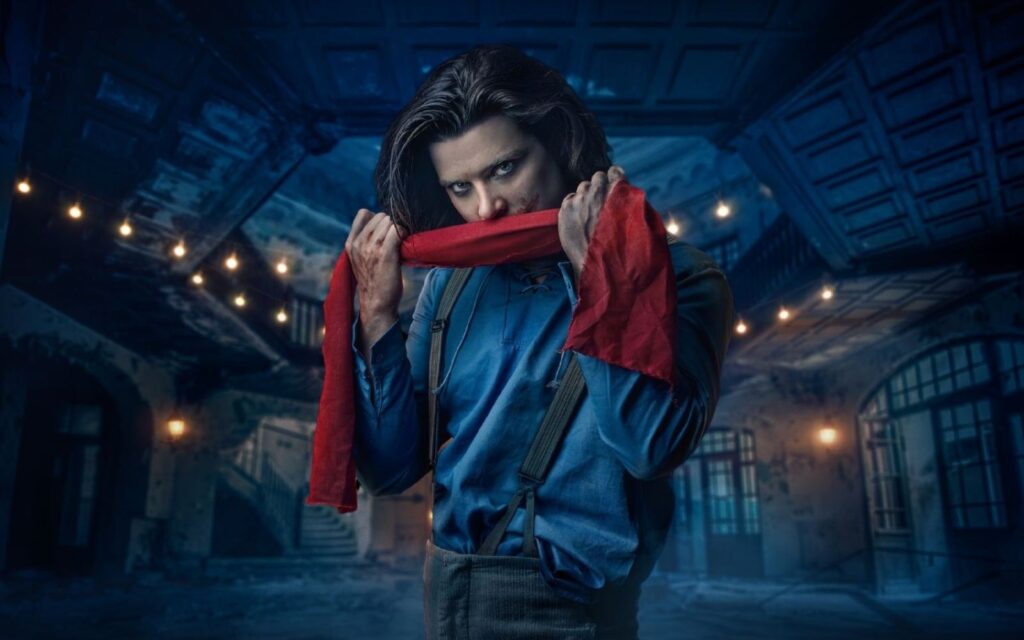“The exhibition is in three parts, so we try to find different ways to tell you about his work,” Jasper explains. “The first part we’re talking about protagonists and characters as a way to see what stories he is telling. He has this American-Italian background, he’s talking about family and relationships. This is a way into the stories. Then we have a chapter about his love of the cinema. This is very interesting, especially for people who are interested in film history and heritage. He knows everything about film history. He loves Hitchcock and Powell. He made movies like The Aviator, like Hugo. The last chapter is maybe the most important, which we call composition. This is really wonderful for people who want to learn something about filmmaking. It’s a little like a look behind the scenes. It’s about editing, cinematography and music. He really is a master of all three.”
ACMI’s SCORSESE showcases the manifestation of drafts and ideas that later evolve into finished works.
“You can see the storyboards he drew and I think he’s very much like a concept artist,” says Jasper. “He has a movie in his mind, and if you watch the storyboards you can understand the rhythm of the movies, and the way he creates it. I think it’s very interesting for people who have never seen a Scorsese movie, but who want to learn something of filmmaking.”
For those unfamiliar with Scorsese, there is a genuinely dazzling array of entry points, each offering a different facet of the auteur. The Last Temptation of Christ, Casino, Raging Bull – the man knows how to tell a story. While some names might lose their spark with age, Scorsese forever remains in a different league.
“I really love his later works I have to say,” says Jasper on her favourite Scorsese era. “I think the earlier work maybe has a more experimental impact, but Scorsese changed styles so often. After Hours in the ’80s was another restarting point for him. The movies before were perhaps not quite so successful, and then he made a movie with a smaller budget and new crew with the German cinematographer Michael Ballhaus, so this was a new beginning. And then you have a movie like Hugo in 3D. So even in this age he is trying to do something totally new. On one side you know that he’s always interested in the style, the aesthetic, the ways of storytelling. And on the other hand, he has topics he’s been working his whole life on. The whole oeuvre is about the struggle of the individual, the fight between aggression and spirituality. These are topics that are very basic and very important, and he is always trying to tell this in new styles.”
The greatest challenge when undertaking such a mammoth task is determining where to place your focus, and establish exactly which story you are trying to summon. It doesn’t help that the team had a very small and precious window to work with.
“When we came to him and said we wanted to make an exhibition, and we want to get access to the archives, it was very helpful that he saw we were so interested in film preservation and heritage previously. He could trust us. But we hadn’t a lot of time,” recalls Jasper. “We had one week in New York to watch through his whole private collection, which was crazy but we had the help of his assistant. She helped a lot, but it was still a week of very early mornings until very late in the evening. We had a concept in mind when we arrived, but after watching all of these items we changed it a bit. Of course he needed a lot of time to decide if he would agree to the exhibition, which left us with maybe half a year to make the exhibition, which really isn’t much time. But the material is so great, and so authentic. It says so much. We could tell everything we wanted.”
BY ADAM NORRIS







